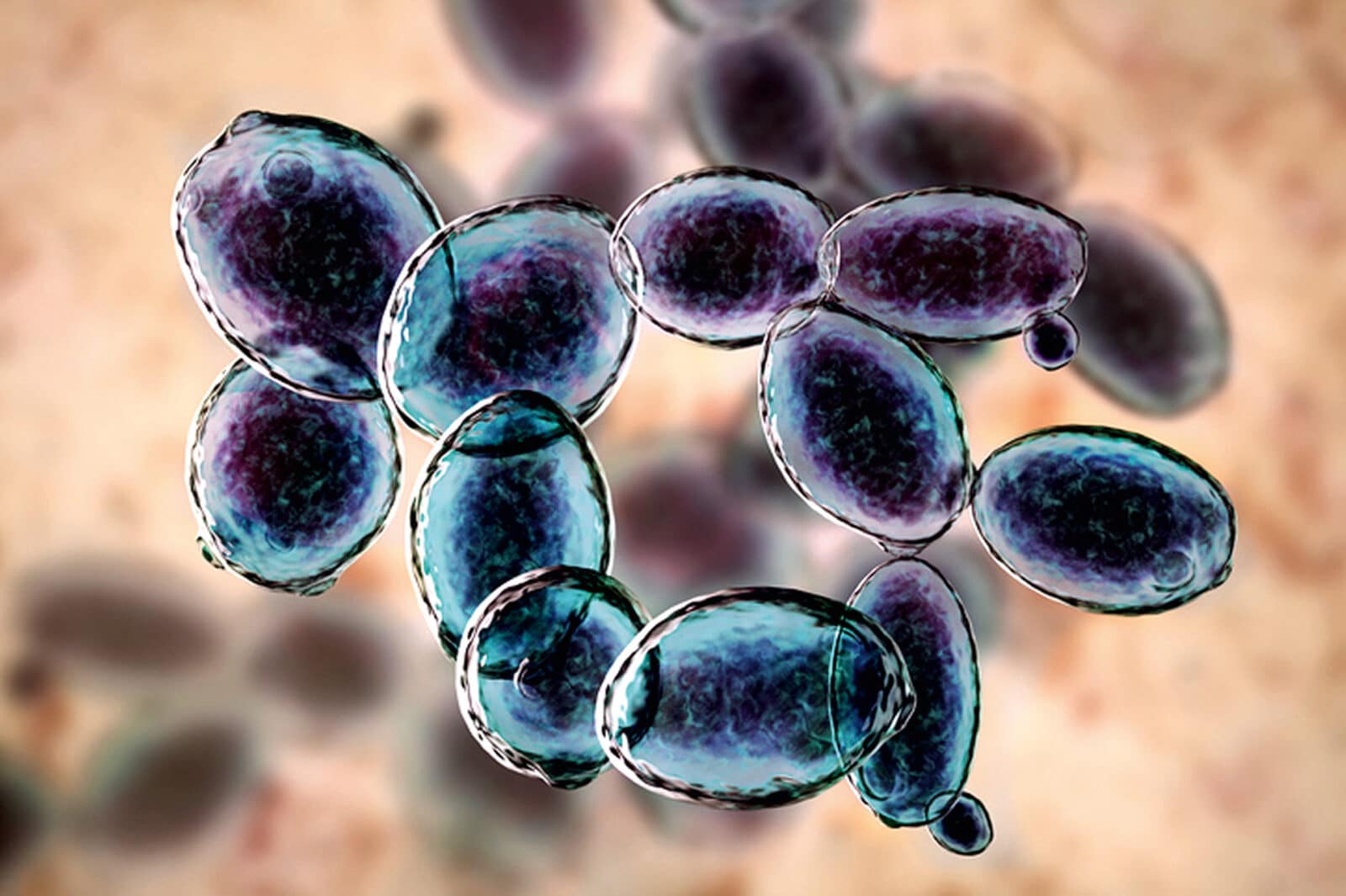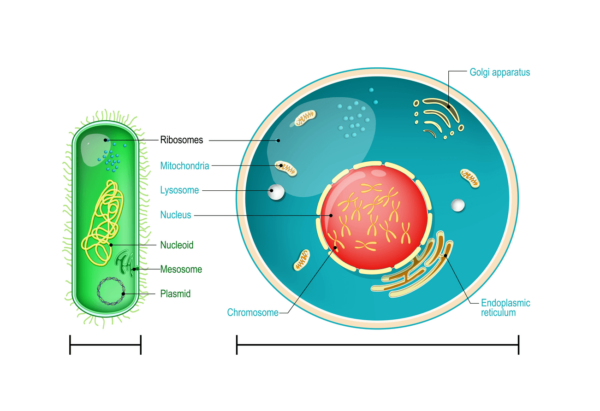Aerobic Vs. Anaerobic
You have probably heard of aerobics! Maybe you even used to watch it on the TV and followed along! Aerobics is an “aerobic” exercise, this can give us a hint of what “aerobic” means!
Simply put, a creature that needs oxygen to survive and breathe is known as having aerobic respiration. Aerobic means “with air,” and refers to the body producing energy with the use of oxygen. Humans, plants, animals, and most of life on Earth fall into this category. We need oxygen to survive and without it, we perish. So, when we are doing aerobics odds we should be breathing in lots of oxygen, which we need to keep going, and if you do not breathe or hold your breath, odds are your face will turn blue and you will fall over. So, remember to keep breathing, you need it because you are an aerobic organism!
On the other hand, anaerobic respiration refers to organisms that can survive and thrive without oxygen. Many of the organisms that can survive even in the absence of oxygen are bacteria, like those that live in the deepest parts of the ocean near hydrothermal vents. Clearly, these organisms do not do aerobics.
So, the question is, is yeast aerobic (does it need oxygen) or is it anaerobic (it does not need oxygen)?
Yeast is a one-of-a-kind dual organism
Surprise! Yeast is actually both aerobic and anaerobic! This means yeast can survive and thrive both in the presence and absence of oxygen! Pretty cool, right?
Let’s look at how this works.
In the presence of oxygen, yeast undergoes what is called aerobic respiration and converts glucose (sources of sugar) and oxygen into carbon dioxide and water. In the absence of oxygen, yeast performs a bit of magic known as fermentation and can convert carbohydrates into carbon dioxide and alcohol. Typically yeast obtains more energy when in aerobic respiration than anaerobic, however, this is not so consequential.
This is quite impressive as there are relatively few organisms that exist that can survive and flourish in both types of conditions. This makes yeast exceptionally robust to different environmental conditions.
Want to know more about yeast? Find out all about it
Yeast’s aerobic and anaerobic dance in bread making
To understand yeast’s dual nature as both an aerobic and anaerobic organism, we can take the example of bread making.
In bread making, the yeast starts out first in aerobic respiration, as one is probably baking on Earth where oxygen is all around us and not in space. In its aerobic respiration phase, yeast produces water and carbon dioxide. This is what makes the dough rise. But as this process continues, the oxygen air pockets in the dough disappear and yeast begins to go into its anaerobic respiration process. Once in its anaerobic phase, yeast begins to ferment converting the fermentable sugars in the dough into ethanol, which evaporates when the dough is baked and exposed to high temperatures. This fermentation gives bread its tasty flavor and this is what gives one that delicate and spongy texture on the inside of the bread.

Explore more about the beautiful dance of yeast in bread-making!
Yeast’s specialty: anaerobic respiration and fermentation
Yeast’s anaerobic state which leads to fermentation is what is primarily utilized at home and in different industries. In this state, through the conversion of sugars into alcohol (ethanol), yeast can be used to create wine, beer, and fuel, among other things.
For example, in winemaking, yeast converts the sugar in grapes through fermentation into alcohol. This transformation is accompanied by a release of carbon dioxide, which will be trapped in bottles of champagne for example.
Find out how yeast is used for all kinds of fermented drinks!
The most widespread yeast species utilized in the production of baked goods and alcohol is Saccharomyces cerevisiae. This widespread use of this specific strain of yeast, Saccharomyces cerevisiae, is why today it is commonly referred to simply as baker’s yeast or brewer’s yeast.
A similar fermentation process with yeast can be used to create a variety of fuels, such as biodiesel, bioethanol, and bio jet fuel.
Learn more about yeast and biofuels
Yeast is a powerful friend
Now that you know that yeast is both an aerobic and anaerobic organism you have a better understanding of just how special yeast is! Can you think of any other organism like this? Probably not!
With these two truly unique modes of converting substances and creating energy yeast’s potential is truly great, and its uses are becoming more and more widespread. While traditionally utilized for bread making and alcohol, yeast can now even be used to power cars and jets, and maybe even one day whole cities! So, yeast may someday literally give power to the whole world, thanks to its unique abilities to prosper in both an aerobic and anaerobic state!




